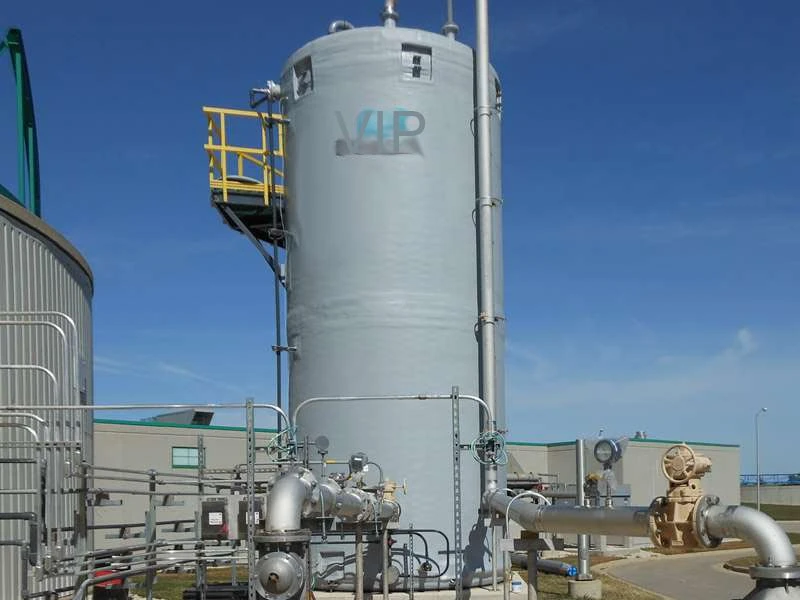
-
 Afrikaans
Afrikaans -
 Albanian
Albanian -
 Amharic
Amharic -
 Arabic
Arabic -
 Armenian
Armenian -
 Azerbaijani
Azerbaijani -
 Basque
Basque -
 Belarusian
Belarusian -
 Bengali
Bengali -
 Bosnian
Bosnian -
 Bulgarian
Bulgarian -
 Catalan
Catalan -
 Cebuano
Cebuano -
 China
China -
 China (Taiwan)
China (Taiwan) -
 Corsican
Corsican -
 Croatian
Croatian -
 Czech
Czech -
 Danish
Danish -
 Dutch
Dutch -
 English
English -
 Esperanto
Esperanto -
 Estonian
Estonian -
 Finnish
Finnish -
 French
French -
 Frisian
Frisian -
 Galician
Galician -
 Georgian
Georgian -
 German
German -
 Greek
Greek -
 Gujarati
Gujarati -
 Haitian Creole
Haitian Creole -
 hausa
hausa -
 hawaiian
hawaiian -
 Hebrew
Hebrew -
 Hindi
Hindi -
 Miao
Miao -
 Hungarian
Hungarian -
 Icelandic
Icelandic -
 igbo
igbo -
 Indonesian
Indonesian -
 irish
irish -
 Italian
Italian -
 Japanese
Japanese -
 Javanese
Javanese -
 Kannada
Kannada -
 kazakh
kazakh -
 Khmer
Khmer -
 Rwandese
Rwandese -
 Korean
Korean -
 Kurdish
Kurdish -
 Kyrgyz
Kyrgyz -
 Lao
Lao -
 Latin
Latin -
 Latvian
Latvian -
 Lithuanian
Lithuanian -
 Luxembourgish
Luxembourgish -
 Macedonian
Macedonian -
 Malgashi
Malgashi -
 Malay
Malay -
 Malayalam
Malayalam -
 Maltese
Maltese -
 Maori
Maori -
 Marathi
Marathi -
 Mongolian
Mongolian -
 Myanmar
Myanmar -
 Nepali
Nepali -
 Norwegian
Norwegian -
 Norwegian
Norwegian -
 Occitan
Occitan -
 Pashto
Pashto -
 Persian
Persian -
 Polish
Polish -
 Portuguese
Portuguese -
 Punjabi
Punjabi -
 Romanian
Romanian -
 Russian
Russian -
 Samoan
Samoan -
 Scottish Gaelic
Scottish Gaelic -
 Serbian
Serbian -
 Sesotho
Sesotho -
 Shona
Shona -
 Sindhi
Sindhi -
 Sinhala
Sinhala -
 Slovak
Slovak -
 Slovenian
Slovenian -
 Somali
Somali -
 Spanish
Spanish -
 Sundanese
Sundanese -
 Swahili
Swahili -
 Swedish
Swedish -
 Tagalog
Tagalog -
 Tajik
Tajik -
 Tamil
Tamil -
 Tatar
Tatar -
 Telugu
Telugu -
 Thai
Thai -
 Turkish
Turkish -
 Turkmen
Turkmen -
 Ukrainian
Ukrainian -
 Urdu
Urdu -
 Uighur
Uighur -
 Uzbek
Uzbek -
 Vietnamese
Vietnamese -
 Welsh
Welsh -
 Bantu
Bantu -
 Yiddish
Yiddish -
 Yoruba
Yoruba -
 Zulu
Zulu
frp grating
Understanding Fiber Reinforced Polymer (FRP) Grating
Fiber Reinforced Polymer (FRP) grating has emerged as a revolutionary material in various industries, particularly in construction, water treatment, and infrastructure. This innovative composite material combines the benefits of fiberglass with the robustness of resin, offering a versatile solution that addresses many of the limitations associated with traditional materials like steel and wood.
FRP grating is created by embedding glass or other fibers within a plastic matrix, which not only enhances its mechanical properties but also contributes to its lightweight nature. One of the standout features of FRP grating is its exceptional corrosion resistance. Unlike steel grating, which can rust and degrade over time when exposed to moisture and chemicals, FRP grating can withstand harsh environments, making it ideal for applications in wastewater treatment plants, chemical processing facilities, and coastal areas.
Understanding Fiber Reinforced Polymer (FRP) Grating
The light weight of FRP grating also presents a logistical advantage. It is easy to handle, transport, and install compared to heavier materials like steel. This ease of installation can reduce labor costs and timeframes on projects, a critical factor in today’s fast-paced construction environment. Additionally, the non-slip surface of FRP grating enhances safety, providing traction in wet or oily conditions and reducing the risk of slips and falls, which is crucial for industrial settings.
frp grating

Customizability is another hallmark of FRP grating. It can be manufactured in various colors, sizes, and thicknesses, which allows engineers and designers to create solutions tailored specifically to the needs of their projects. For example, FRP grating can be produced with specific load-bearing capacities, meeting the demands of both pedestrian walkways and heavy industrial applications. Moreover, it can be fabricated into different shapes and forms, allowing for creative architectural designs without compromising structural integrity.
A growing concern in many industries is sustainability. FRP grating is often produced with a lower carbon footprint than traditional materials, and many manufacturers are now prioritizing eco-friendly processes and recyclable materials in their production techniques. This trend aligns with the global push towards sustainable building practices and can enhance the environmental profile of projects utilizing FRP grating.
Despite these numerous benefits, FRP grating does have some limitations that must be taken into account. For instance, while it is very strong, FRP has a lower impact resistance compared to materials like steel, which can be a consideration in highly dynamic environments. Furthermore, potential fire hazards associated with the resin matrix in FRP products should be addressed through appropriate fire-retardant treatments in certain applications.
In conclusion, Fiber Reinforced Polymer grating represents a significant advancement in materials technology, offering a unique combination of strength, durability, and versatility. With its many advantages, including corrosion resistance, low maintenance, and easy installation, FRP grating is well-suited for a variety of applications in the modern industrial landscape. As the demand for sustainable solutions continues to rise, the role of FRP grating in construction and infrastructure is likely to grow, making it a material of choice for innovative projects around the globe.









